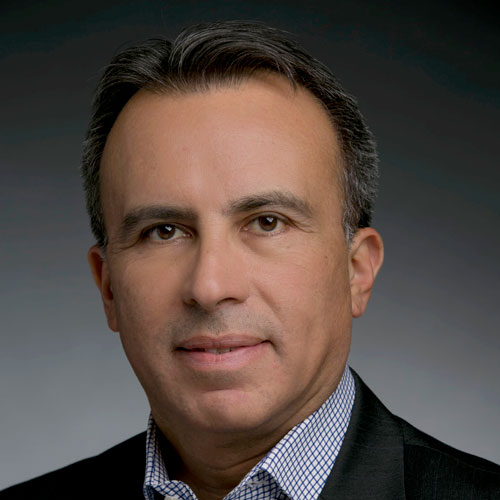Managing 15 hospitals in Colorado and western Kansas—along with several senior-living communities, physician practices and clinics, home-care and hospice services, and Flight For Life Colorado—Centura Health is its region’s leading health-care provider. The Colorado-based company has significantly increased its presence by building six of its hospitals and expanding five others in the past 11 years, and now it’s looking to fill in its territory further over the next 5–10 years by developing neighborhood health centers. The current plan is to quickly complete nine new centers in roughly 24 months through a standardized approach, and the facilities will help the organization round out its care offerings at the hyperlocal level.
Centura Health at a Glance
18,100
associates
6,000
physician partners
15
hospitals
9
affiliate hospitals
14
ambulatory surgery centers
6
senior-living communities
2
blood-donor centers
“Centura Health has developed this neighborhood-health-center strategy to provide community solutions where identified gaps in health-care services and resources exist,” says Scot Brooks, Centura’s director of real estate management and construction. “Our focus is on prevention and wellness care at the right time and in the right place.”
To pick the locations for its health centers, Centura first conducts extensive market research to identify the health needs of specific Colorado and Western Kansas communities. Then, based on its findings, the company sites its centers so that they fill gaps in area primary-care, OB/GYN, and cardiology services, among others. “We’ve got 15 hospitals now in our system,” Brooks says. “We review the surrounding markets around our hospitals, within a 10- to 20-minute drive to that facility, and start analyzing the needs of those communities.”
Brooks and his team want to ensure that when people visit the health centers, it’s clear that the facilities are part of the Centura network. To that end, he and the team have created the “Centura Health Neighborhood Health Center Playbook.” The document outlines the specifications for a 10,000-square-foot “box,” which can grow to 15,000 square feet, and also has the standard requirements for a 24,000-square-foot facility should the market size call for it. “What we did was we got all of our operating groups together and we sat down and said, ‘OK, what is the best way to go about this and create a new clinic that works wherever we [are]?’” Brooks says. “When consumers see the building, they will be able to immediately identify it as being part of the region’s leading health-care provider.”
Using the playbook, Centura is building each standardized health center with an on- and offstage care system where providers are grouped together for better collaboration and where exam rooms surround the providers’ spaces. Each center also has a two-door design in which customers enter through one door and the physicians another, and this keeps patients from having to witness the hustle and bustle of the physicians’ area.
Most importantly, Centura is trying to do away with waiting rooms; the company would rather see patients go directly to exam rooms. When patients enter what Centura calls the “wellness atrium,” they sign in and—though there’s some seating available in case they have to wait—they should ideally be escorted directly to an exam room. The wellness atrium is also used for public-health and wellness-education classes.
To build each new center, Centura hires an architectural firm to fit its prototype to a newly acquired site. The company also works with local municipalities to determine how best to adapt each center to its site and sends each project out to bid to contractors through an RFP process. Construction of each center takes about eight months, and once it’s complete, its users not only have a place to handle their medical needs but also a place to learn more about their health.
“[The centers] are focused on wellness and prevention, which includes coaches, information, and education opportunities to help consumers better manage their health care versus waiting until they are sick to see a physician—or waiting until they are so sick they just have to go to the hospital,” Brooks says. “That’s the basic premise behind the neighborhood-health-center strategy that we’ve recently created within Centura Health.”
The St. Anthony North Health Campus
In addition to its neighborhood health centers, Centura Health has been working on this $176 million health campus in Westminster, Colorado. The four-story, 287,000-square-foot complex opened this spring and includes a new hospital with a 60,000-square-foot integrated physician office attached to it. Roughly 20,000 square feet of the office is dedicated to primary care for the community, and another 20,000 is for surgery specialists. The surgeries themselves will be performed in the outpatient ambulatory-surgery center.

“This health campus was developed based upon the paradigm shift from illness to wellness and provides unparalleled service coupled with convenience,” says Scot Brooks, Centura’s director of real estate management and construction. “It really brings the aspects of wellness and education into the community to deliver optimal health-care value. The campus does include a new hospital, and this was really a secondary focus of the campus for us. Our primary focus was built upon the neighborhood-health-center strategy and physician integration between the ambulatory outpatient clinic and the hospital to increase the level of patient service.”


